NPS vs CSAT: Which Customer Satisfaction Metric Actually Drives Results?
Choose the right satisfaction metric for your product. Learn when to use NPS vs CSAT and how to turn scores into actionable improvements.
NPS vs CSAT: Which Customer Satisfaction Metric Actually Drives Results?
Product owners face a common dilemma when measuring customer satisfaction. Should you track Net Promoter Score (NPS) or Customer Satisfaction Score (CSAT)? Both metrics promise to reveal how users feel about your product, but they measure completely different things.
The choice between NPS and CSAT isn't just about picking a number to track. It's about understanding which clusters will actually help you improve your product and grow your business.
The key differences
Net Promoter Score (NPS) asks one simple question:
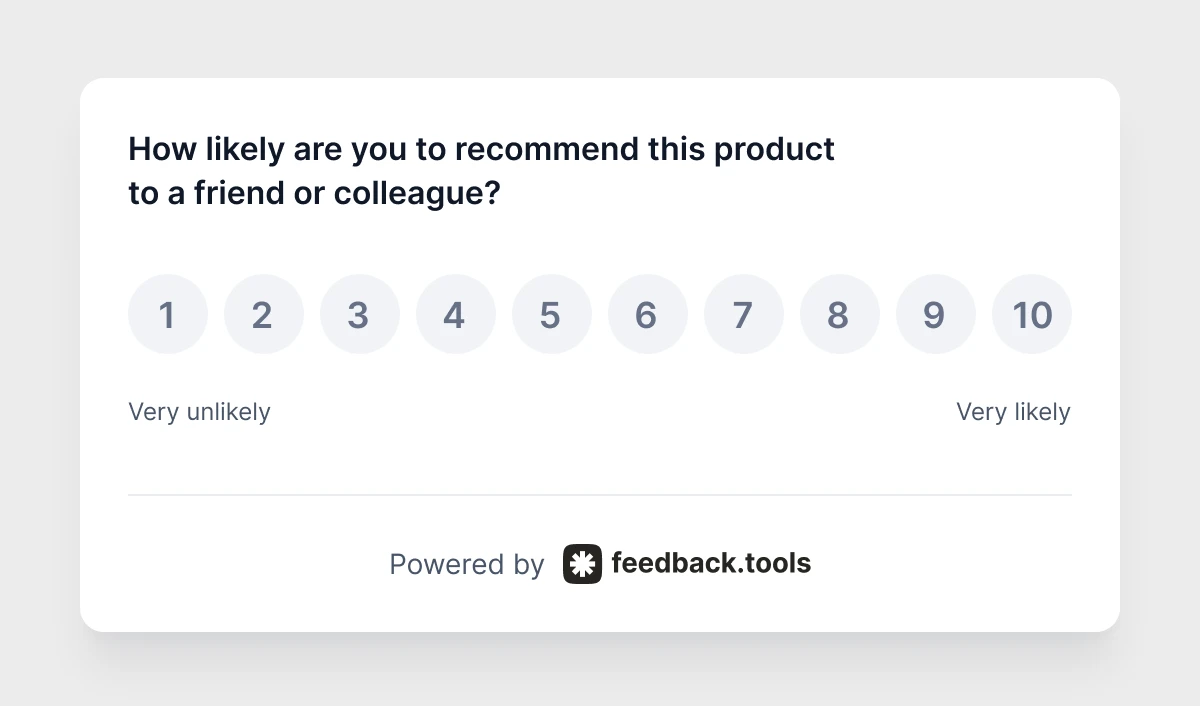
Users respond on a scale from 0 to 10. The score subtracts detractors (0-6) from promoters (9-10), giving you a number between -100 and +100.
Customer Satisfaction Score (CSAT) asks users to rate their satisfaction with a specific interaction, feature, or overall experience:
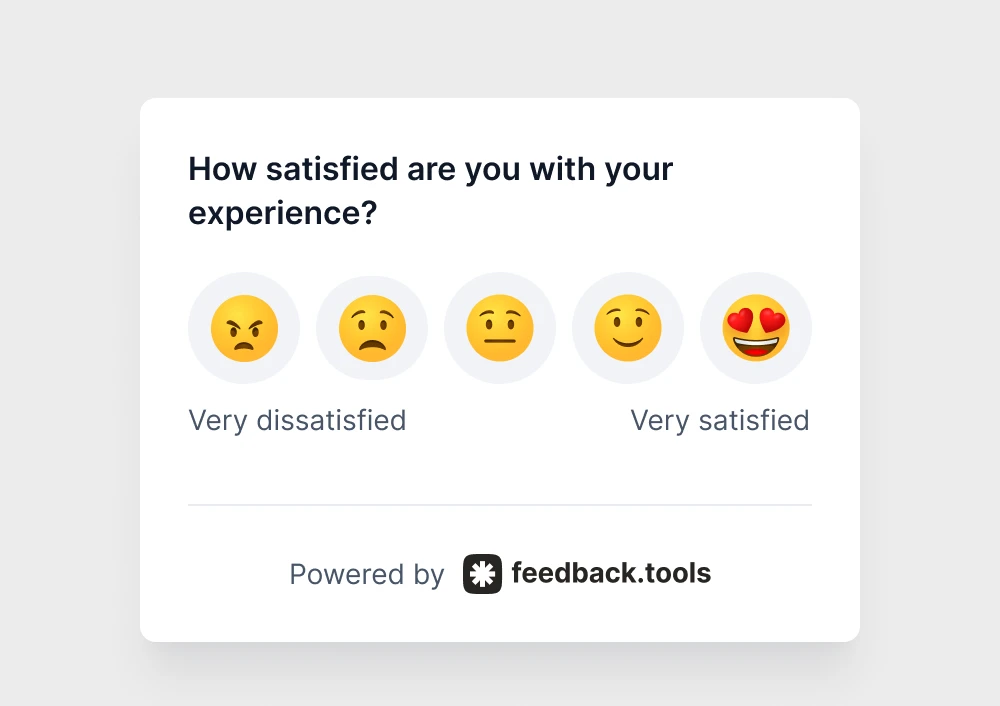
Most teams use a 1-5 scale, then calculate the percentage of satisfied customers (those who rated 4 or 5).
Here's the key difference: NPS measures loyalty and likelihood to recommend. CSAT measures satisfaction with specific experiences.
When NPS wins
NPS works best when you want to understand overall customer loyalty. This metric predicts long-term business growth because it captures emotional connection beyond just satisfaction.
Product teams find NPS most valuable for:
- Measuring brand strength and customer advocacy
- Tracking changes in loyalty over time
- Identifying customers who might leave soon
- Understanding word-of-mouth potential
For example, a SaaS platform might discover their NPS dropped from +40 to +20 over six months. This signals a loyalty problem that goes deeper than individual feature complaints.
When CSAT wins
CSAT shines when you need specific feedback about particular experiences. This metric helps teams pinpoint exactly what's working or broken in their product.
CSAT works best for:
- Measuring satisfaction with new features
- Evaluating customer support interactions
- Testing checkout or onboarding processes
- Tracking improvements after product changes
Consider an e-commerce site that launches a new checkout flow. CSAT can immediately reveal whether the change improved or hurt the purchase experience. If satisfaction drops from 85% to 60%, teams know to investigate specific pain points.
Perfect timing
NPS timing: Most successful companies survey customers quarterly or after major milestones. This gives users enough experience to form genuine opinions about recommending your product.
CSAT timing: Survey immediately after specific interactions. Ask about satisfaction while the experience is fresh in users' minds. Wait too long, and responses become less accurate.
Turn numbers into improvements
Numbers alone don't drive improvements. Both NPS and CSAT become powerful when you dig into the "why" behind the scores.
Smart product teams follow up metric surveys with open-ended questions:
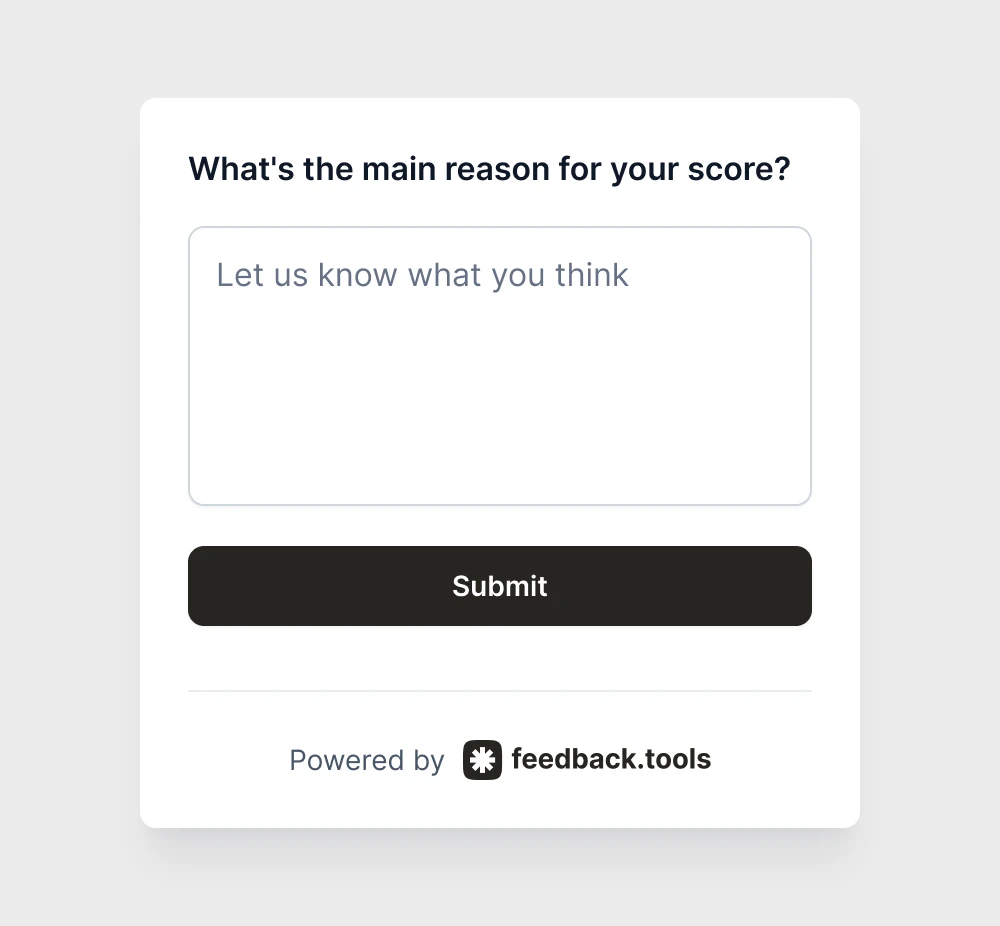
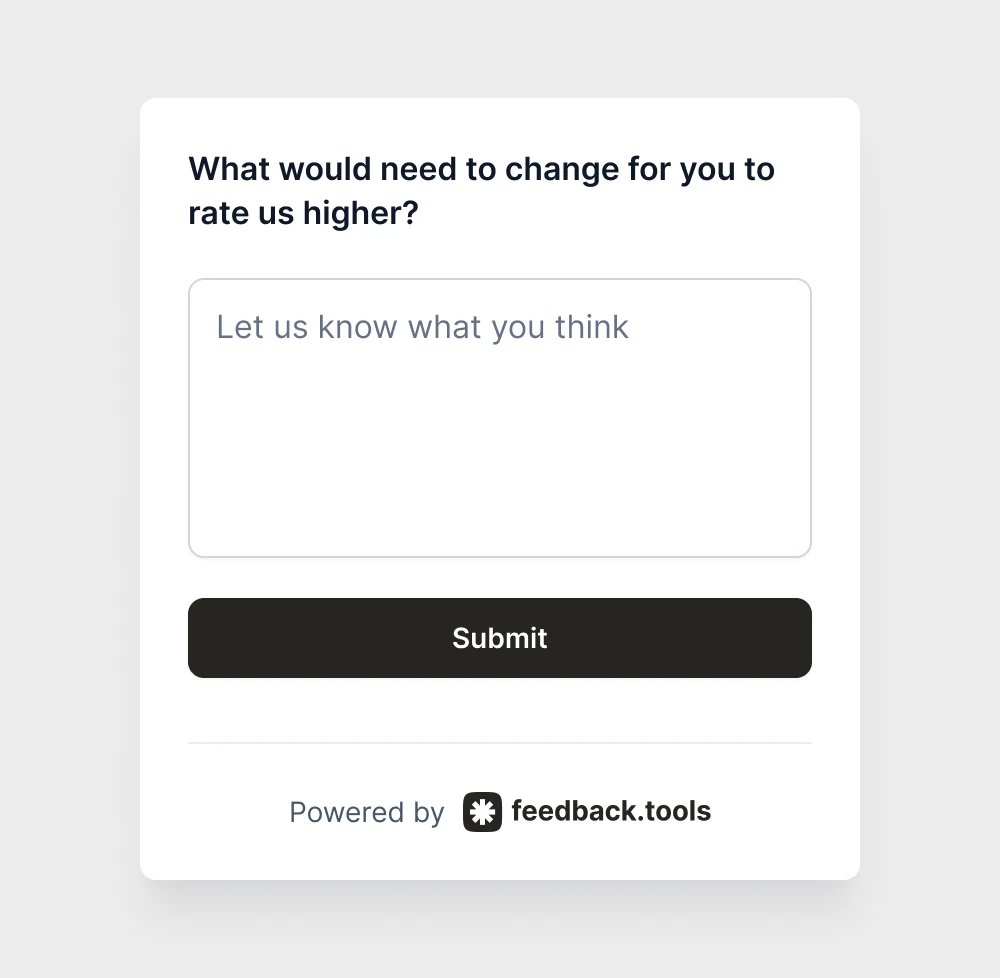
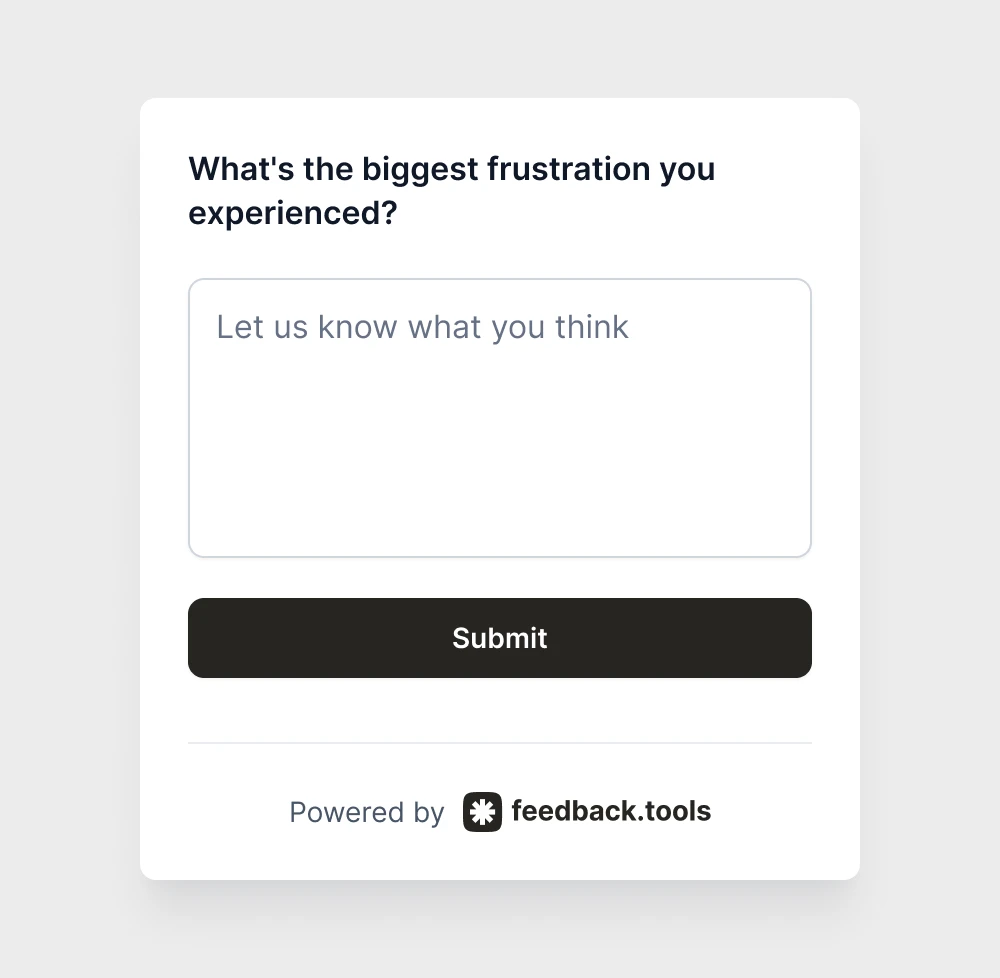
This feedback transforms metrics into specific action items. Instead of knowing that satisfaction dropped, you discover that users struggle with password resets or find pricing confusing.
The AI advantage
Whether you choose NPS or CSAT, analyzing hundreds of open-ended responses manually takes hours. AI can instantly group similar feedback themes, revealing patterns like:
- 45% of detractors mention slow loading times
- 30% of satisfied customers love the new dashboard
- 25% of users want mobile app features
- 20% find the onboarding process confusing
These clusters transform satisfaction scores into clear priorities for product improvement.

Your best bet
Most successful product teams track both metrics strategically:
Start with CSAT if you're launching new features, fixing known issues, or improving specific user journeys. The immediate feedback helps validate changes quickly.
Add NPS once your product matures and you want to measure long-term customer relationships. This metric reveals whether improvements actually build loyalty.
Track both separately rather than trying to combine them. Each metric serves different purposes and requires different action plans.
From metrics to growth
The best satisfaction metric is the one that leads to specific improvements. Whether you choose NPS, CSAT, or both, success comes from transforming scores into actionable clusters that enhance user experience.
Remember: measuring satisfaction is just the first step. The real value comes from understanding why users feel the way they do and using those clusters to build better products.
Turn satisfaction scores into action
Stop wondering what's behind your NPS and CSAT numbers. 

